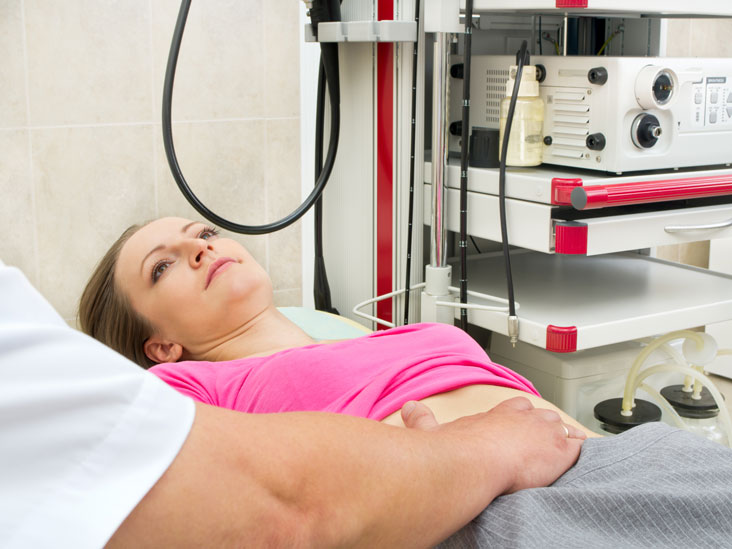From Diagnosis to Recovery: A Quick Guide to Laparoscopic Gallbladder Surgery

Laparoscopic gallbladder surgery involves minimally invasive techniques to remove the gallbladder. The surgery is performed via small abdominal incisions and requires a short hospital stay. Most gallbladder removal surgeries are performed laparoscopically. A laparoscopic cholecystectomy is the formal name of this procedure.
Laparoscopic gallbladder surgery is done under general anaesthesia. During the procedure, a laparoscope is inserted through a thin tube with a camera attached through one of the incisions. The camera allows the surgeon to see inside the abdomen while other instruments are used to remove the gallbladder.
Most people who have laparoscopic gallbladder surgery require a minimal hospital stay. Recovery time is usually shorter than open surgery, and most people can gradually return to normal activities within a week.
Why Is Laparoscopic Gallbladder Surgery Performed?
Gallstones are the most common reason for laparoscopic gallbladder removal. Gallstones are hard deposits in the gallbladder that can cause pain, inflammation, and infection. They can lead to serious health issues such as pancreatitis if not treated. Laparoscopic surgery is the preferred procedure to remove gallstones and prevent these complications.
In some cases, laparoscopic gallbladder surgerymay be performed for other reasons, such as cancer or chronic inflammation of the gallbladder.
These procedures may also be necessary if you suffer from the following conditions:
-
- Biliary dyskinesia is a condition where the gallbladder does not empty bile properly due to a malfunction
-
- Choledocholithiasis is caused by gallstones moving to the common bile duct and potentially blocking it, preventing the gallbladder and other parts of the biliary tract from excreting.
-
- Gallbladder inflammation, known as cholecystitis
-
- A condition called pancreatitis, in which the pancreas is inflamed, associated with gallstones
The advantage of laparoscopic surgery over open surgery is that your surgeon makes smaller incisions. A smaller incision reduces recovery time, reduces the risk of infection, and reduces bleeding.
Are There Any Risks Associated with Laparoscopic Gallbladder Removal?
Laparoscopic gallbladder surgery is a minimally invasive surgery to treat gallstones. While this surgery is safe, a few risks are associated with it. The most common complication is an infection, which can occur when bacteria from the intestine enter the surgical site. It can be treated with antibiotics. Other potential complications include bleeding, damage to the bile duct or bowel, damage to blood vessels, blood clots, and reactions to anaesthesia. In rare cases, laparoscopic gallbladder removal can lead to death.
What Should You Do Before Undergoing Laparoscopic Gallbladder Surgery?
Before the procedure, you will undergo several tests to assess your vitals. The following will be included:
-
- Testing of blood
-
- Gallbladder imaging tests
-
- An examination of the whole body
-
- Medical history review
Ensure your doctor knows your medications, including over-the-counter (OTC) medicines and dietary supplements. Some drugs may need to be discontinued before surgery. Do not hesitate to inform your doctor if you suspect you may be pregnant or are pregnant.
During your consultation with your doctor, you will receive detailed instructions regarding the preparation for surgery. The following could be included:
-
- Making arrangements for a ride home
-
- An immediate after-surgery companion
-
- Before the procedure, you should not eat or drink anything for at least four hours
-
- Preparing for a hospital stay if complications arise
-
- The use of an antibacterial soap the night before or on the day of surgery when showering
What Is the Procedure for Laparoscopic Gallbladder Surgery?
The procedure begins with the patient changing into a hospital gown. Your doctor will then insert an IV so that they can administer fluids and medications through your veins. The surgery will be performed under general anesthesia, meaning you will be asleep before and during the procedure.
The surgeon will create four small incisions in your abdomen during this procedure. A small, lit camera tube is inserted into the stomach using these incisions.
A monitor shows the images captured from the camera as they guide other tools through the incisions.
Gas is inflated into your abdomen, giving your surgeon ample working space. Through the incisions, your gallbladder gets removed.
Once your gallbladder has been removed, your surgeon will examine your bile duct with a special X-ray. The technique is known as intraoperative cholangiography. The surgeon will use this image to determine if any abnormalities are present in the remaining structures of the bile duct. It includes bile stones that may need removal.
The incisions are stitched and bandaged once the surgeon is satisfied with the results. All vital parameters are observed during the surgery.
Conclusion
Laparoscopicgallbladder surgery is a quick and minimally invasive surgery with several potential benefits. These include a shorter hospital stay, less pain, and a faster recovery. If you are experiencing gallbladder pain or associated symptoms, talk to your doctor to see if laparoscopic gallbladder surgery is right for you.
Read More Health Blogs:
PCOD and PCOS – Symptoms, Causes, Differences & Treatment